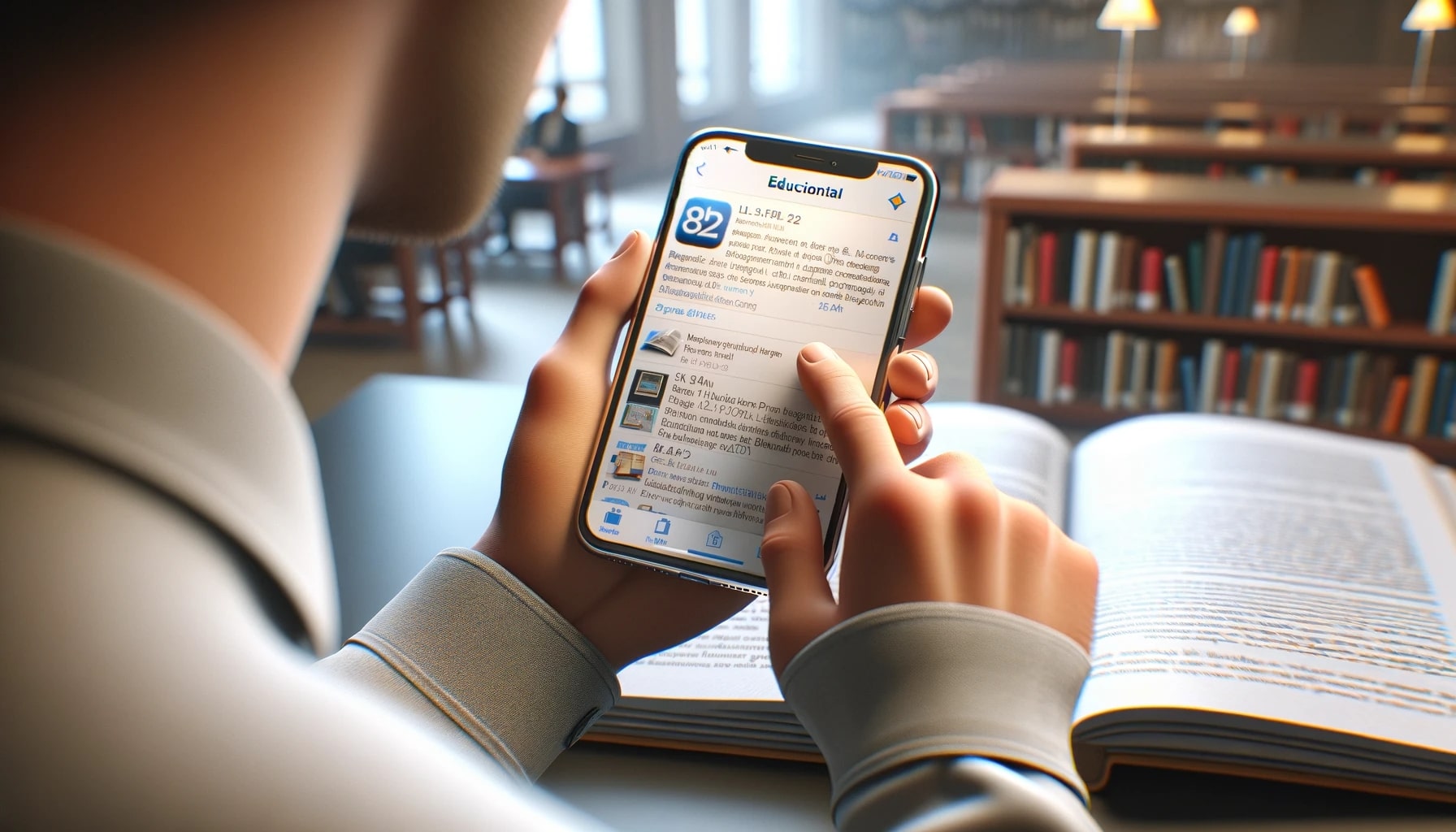Quick Answer: Special Edition
The first-generation iPhone SE, launched by Apple on March 21, 2016, was a significant release aimed at users who favored the classic 4-inch screen size. This model was a nod to the older iPhone 5s but packed with the more robust internal hardware of the iPhone 6s, making it a powerful device within a compact body. It was introduced alongside the 9.7-inch iPad Pro and came with enhancements such as the Apple A9 system-on-chip, increased battery life, and a 12-megapixel camera capable of recording 4K video at 30 fps. The iPhone SE stood out by supporting advanced features like Live Photos, Retina Flash, and hands-free Siri activation, which were not dependent on the device being plugged into a power source.
Market Impact and Legacy
Despite its small size, the iPhone SE was a powerhouse that catered to a market segment that still appreciated the usability and convenience of smaller phones. This model was particularly important as it balanced high performance with the ergonomic needs of users who found larger phones cumbersome and uncomfortable to use. The SE’s ability to support up to seven major versions of iOS, from iOS 9 through iOS 15, underlined Apple’s commitment to providing long-term updates to its devices.
Apple discontinued the iPhone SE on September 12, 2018, but it briefly reappeared as a popular clearance item in early 2019, suggesting that there was still demand for such a device. Critics and analysts noted that removing the SE from Apple’s lineup might have been a misstep, ignoring potential customers in markets where more compact and less expensive phones were preferred. This was especially relevant in contexts where economic pressures made cost-effective smartphones more appealing. Additionally, ergonomic concerns were highlighted by users with smaller hands, who reported discomfort with larger models, suggesting a practical market need for maintaining smaller device options.
The first-generation iPhone SE successfully combined the beloved design of the iPhone 5s with the enhanced capabilities of the iPhone 6s, offering a high-performance device in a more manageable size. It catered to consumers who desired modern features in a compact form, and its discontinuation left a gap in Apple’s product line. The iPhone SE’s legacy continues to impact how manufacturers view market demands for smaller smartphones, blending technological advancement with user-friendly design. This model not only demonstrated Apple’s ability to innovate based on consumer feedback but also set a standard for small-form smartphones in an industry that increasingly favors larger screens.










